env0 and Terraform
Learn about how env0 and Terraform work better together.
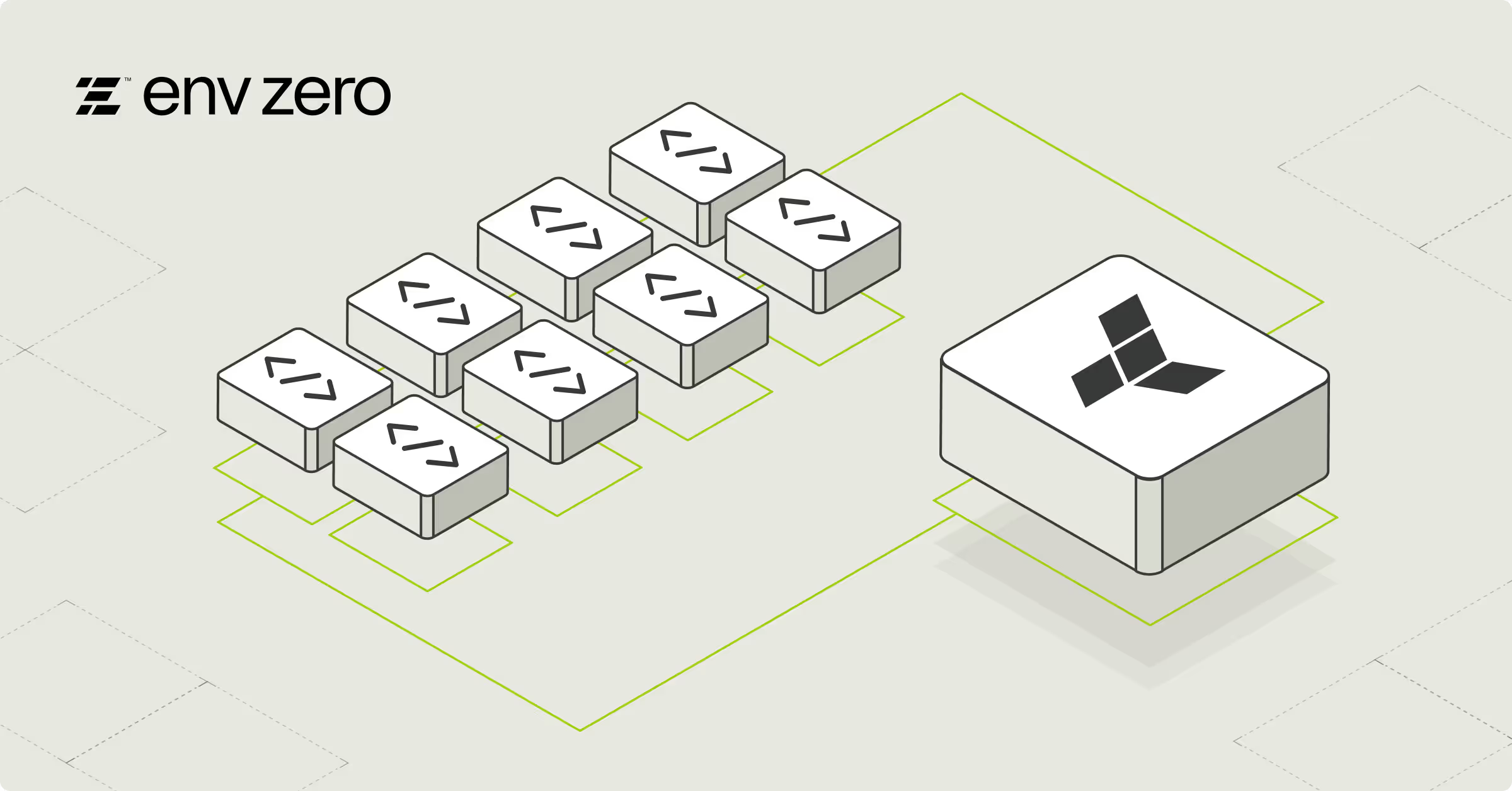
Blog
video
Video
A guide to the Terraform state file
Learn the essentials of Terraform state file management with this in-depth guide. Uncover best practices, learn how to handle state file locking and troubleshooting, and keep your infrastructure secure and efficient.
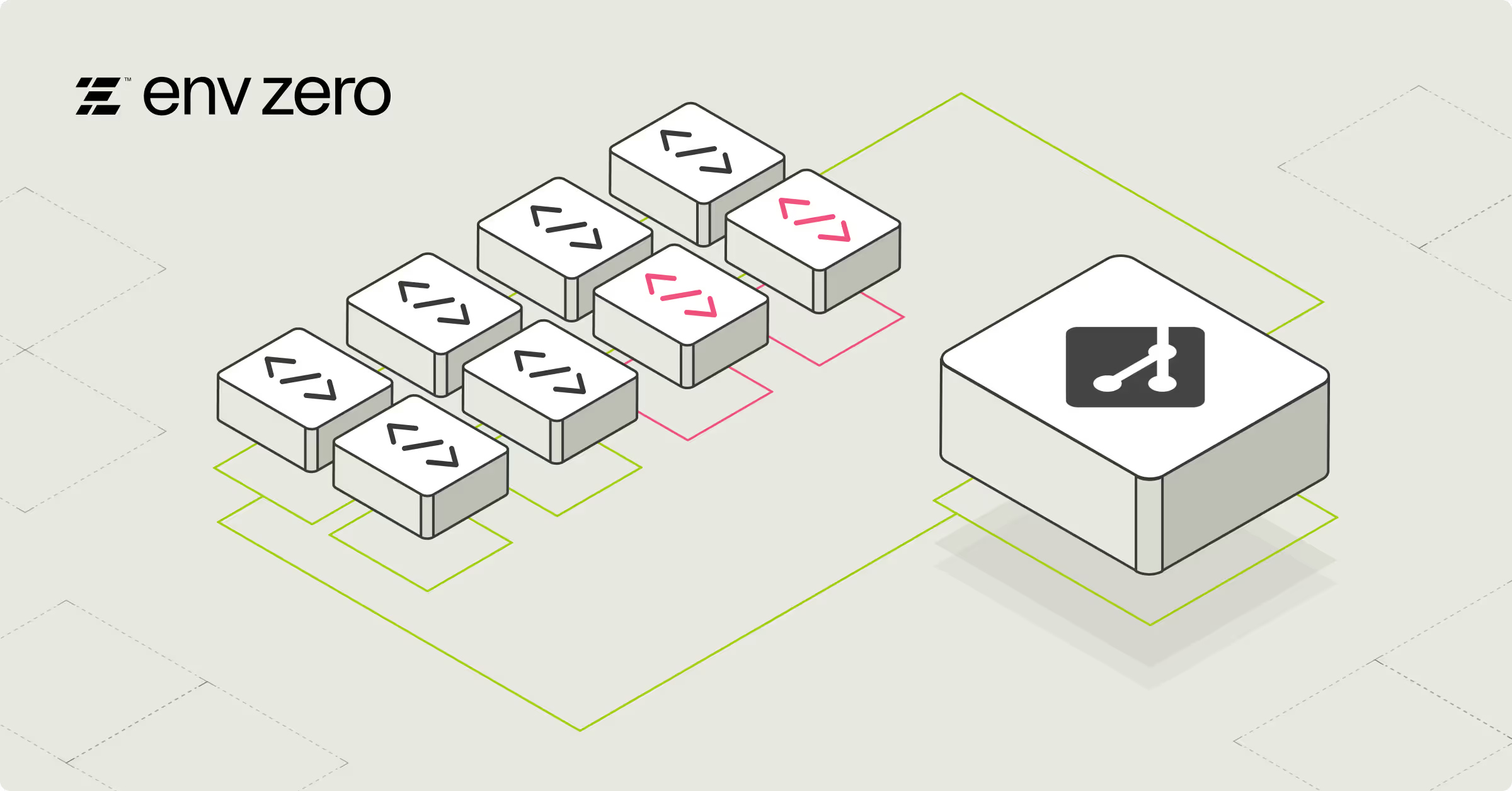
Blog
video
Learn how to use .gitignore to exclude large binaries, sensitive files, and build artifacts in Git and Terraform projects.
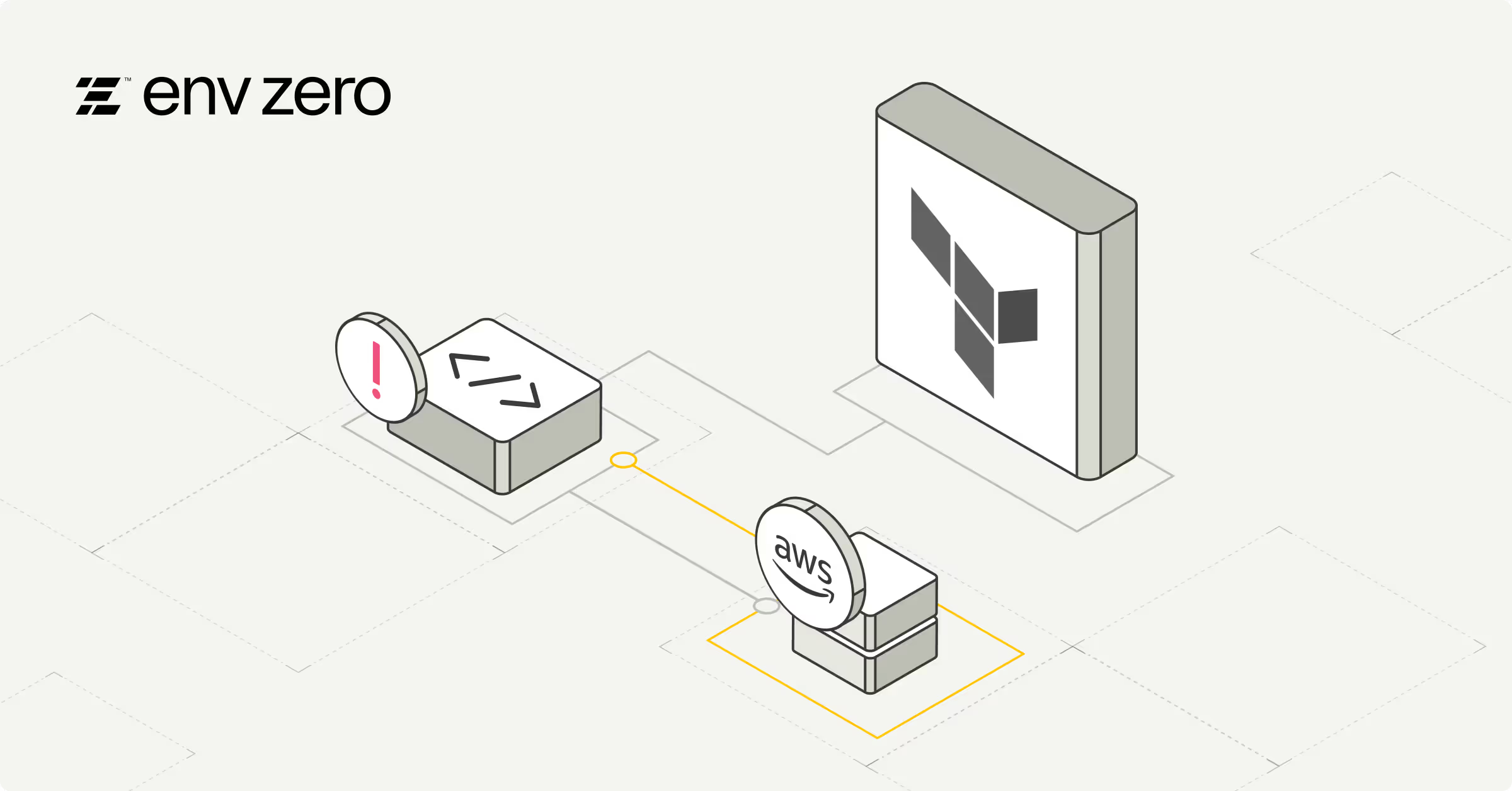
Blog
video
Terraform Refresh Command: Guides, Examples and Best Practices
In this blog, we will explore the 'terraform refresh' command and how it works, and also discuss its limitations and alternatives through the use of practical hands-on examples.
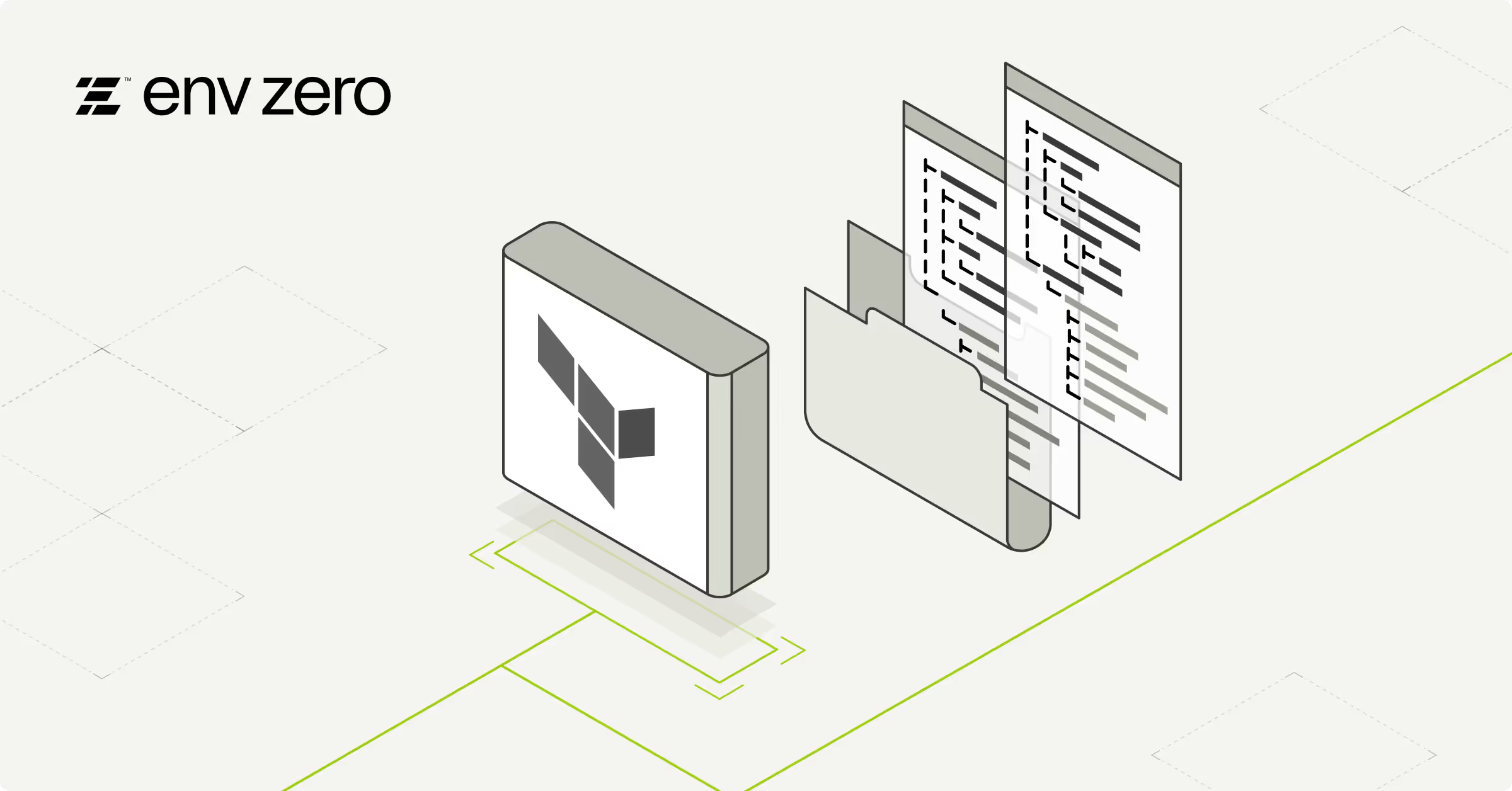
Blog
video
Terraform Backend Configuration: Local and Remote Options
This blog explores Terraform backends, their types, and configuration for cloud providers like AWS, Azure, and GCP. It also covers backend migration strategies and other key considerations.
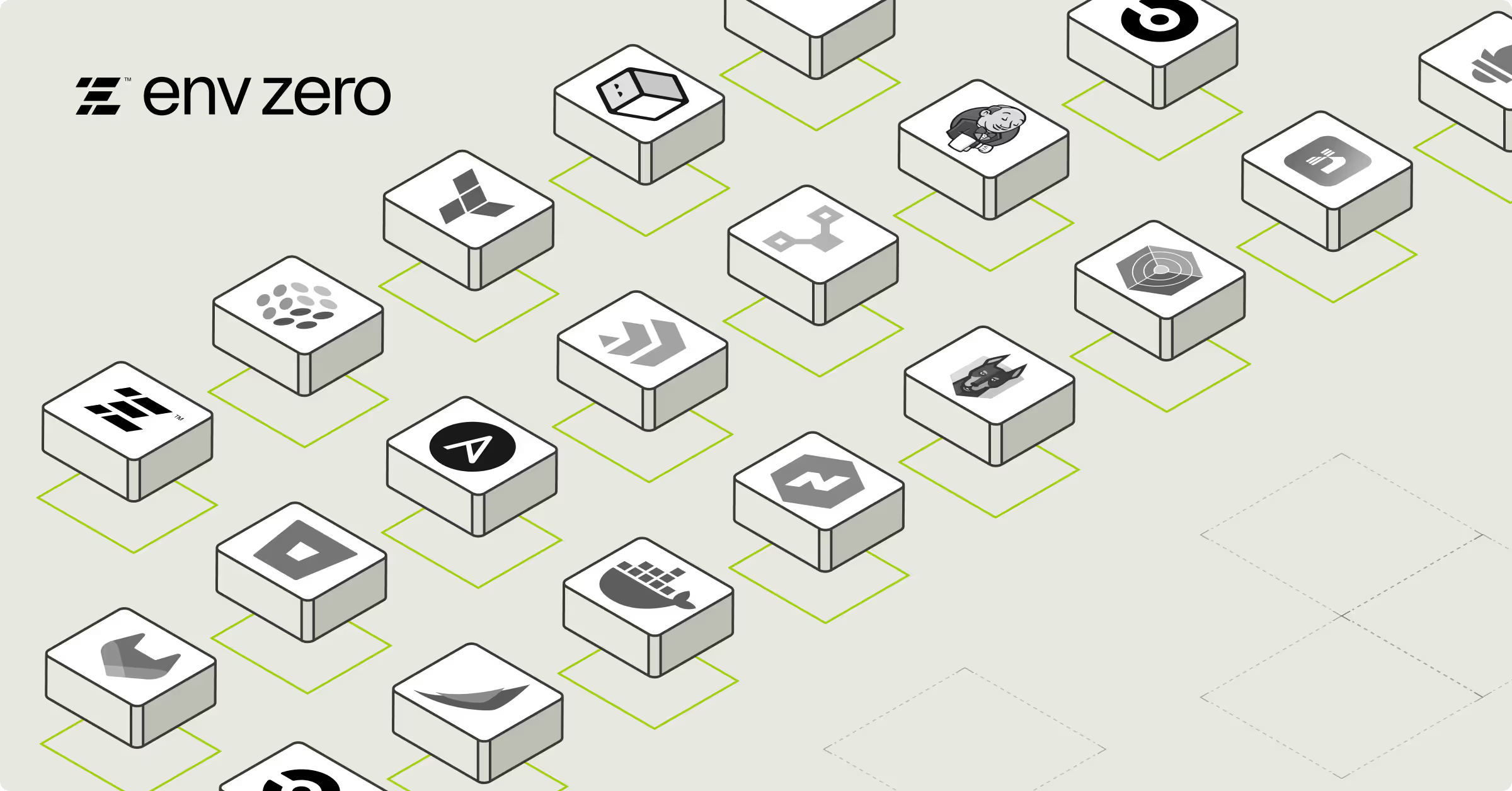
Blog
video
Top DevOps Tools for Infrastructure Automation in 2025
Explore the top DevOps tools for infrastructure automation, designed to streamline workflows, boost efficiency, and simplify cloud management.
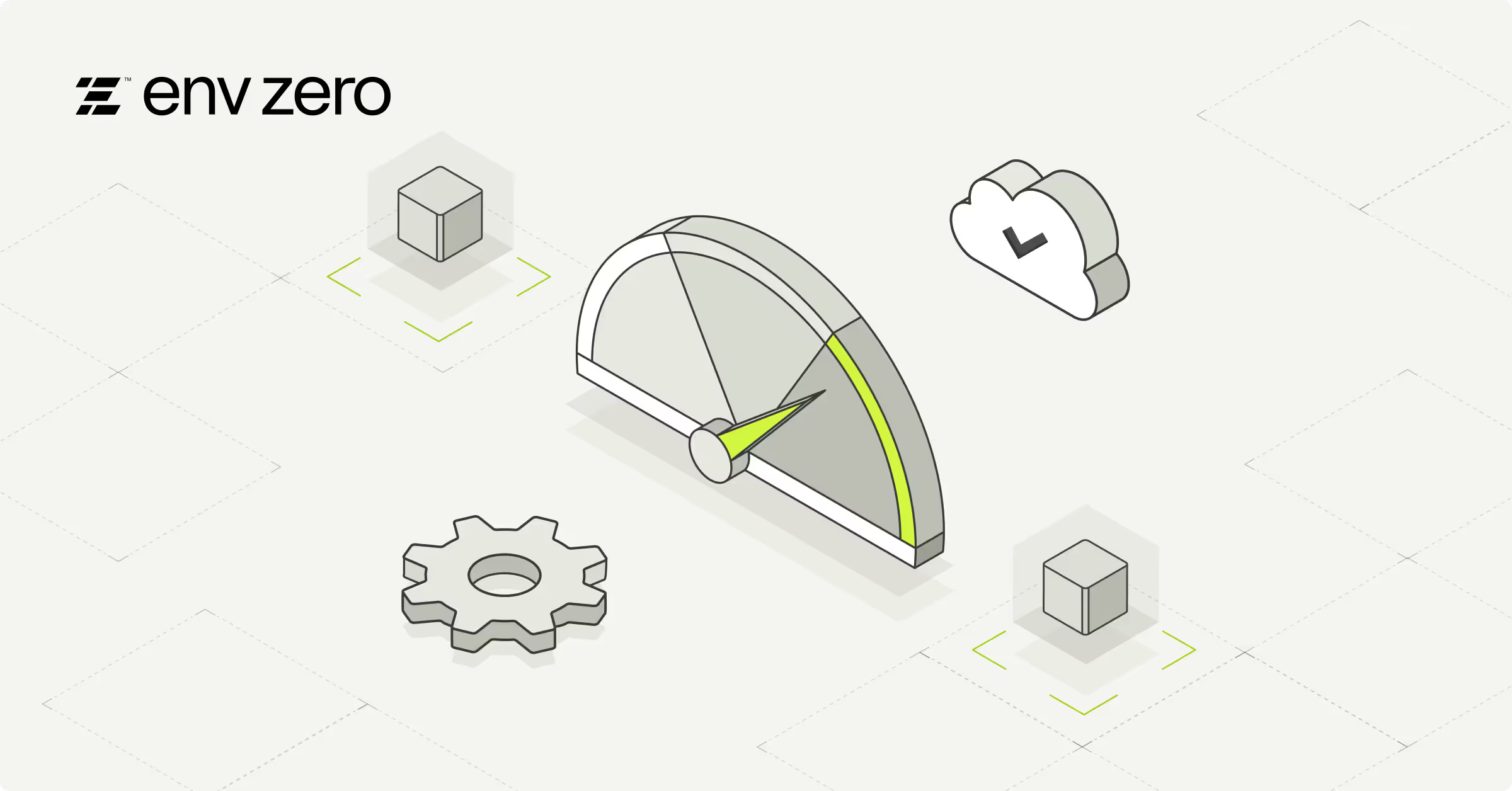
Blog
video
Build vs. Buy: Striking the Right Balance for IaC Management
The "build vs. buy" debate shapes IaC automation. This post examines the challenges of scaling IaC with general tools like GitHub Actions and how platforms like env0 offer solutions.

Blog
video
OpenTofu 1.9 Introduces the 'exclude' Flag and ‘for_each’ for Providers
The OpenTofu 1.9 release introduces updates to make infrastructure management more efficient. Key additions include the -exclude flag and for_each functionality for providers.
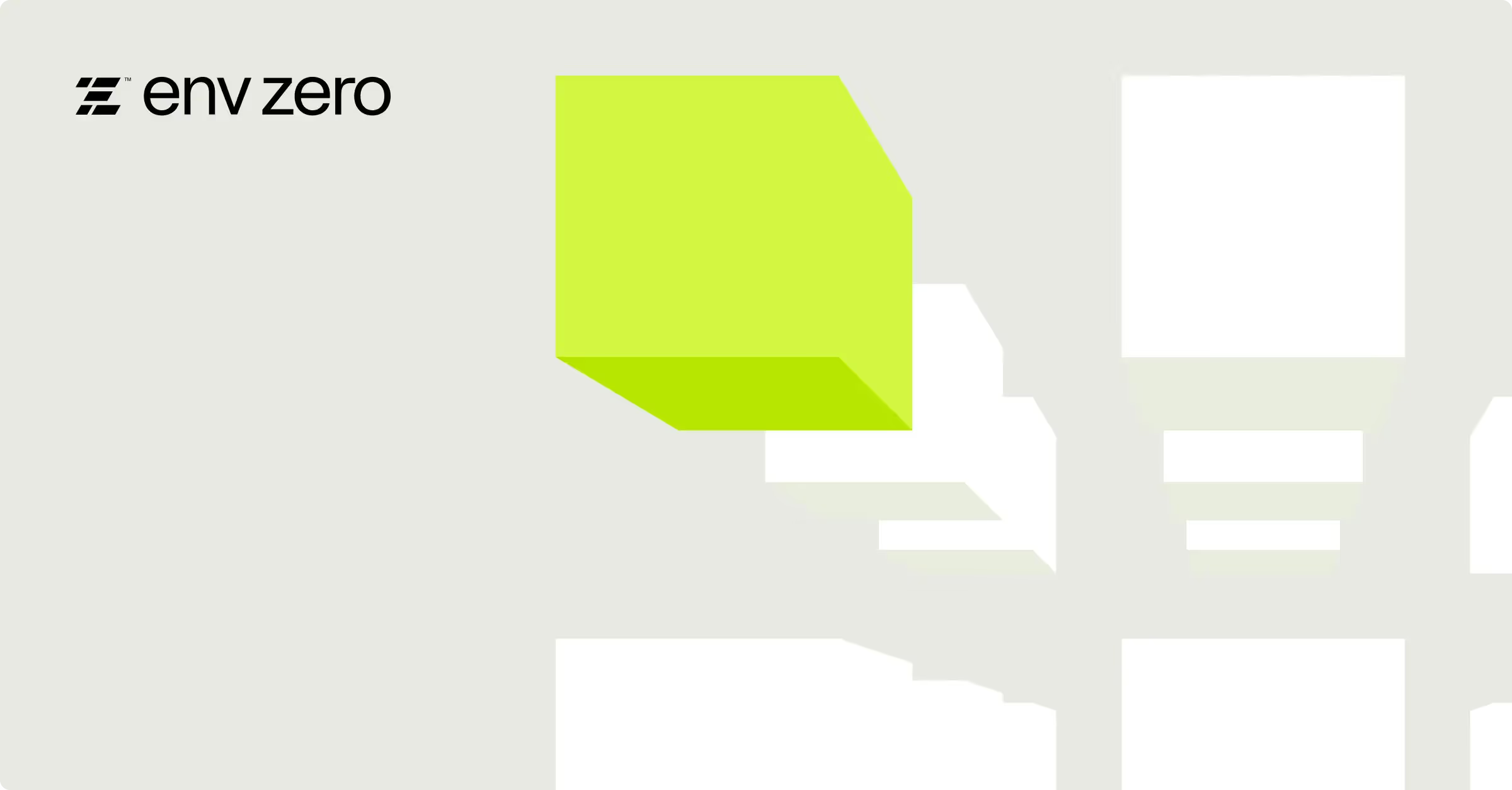
Blog
video
⚡ Lightning Talk: Shift FinOps Left with IaC
Join Hassan Khajeh Hosseini, CEO of InfraCost, and Andrew Hay, env0's Director of Customer Success, for a 30-minute lightning talk exploring the synergy between Infrastructure as Code (IaC) and FinOps.
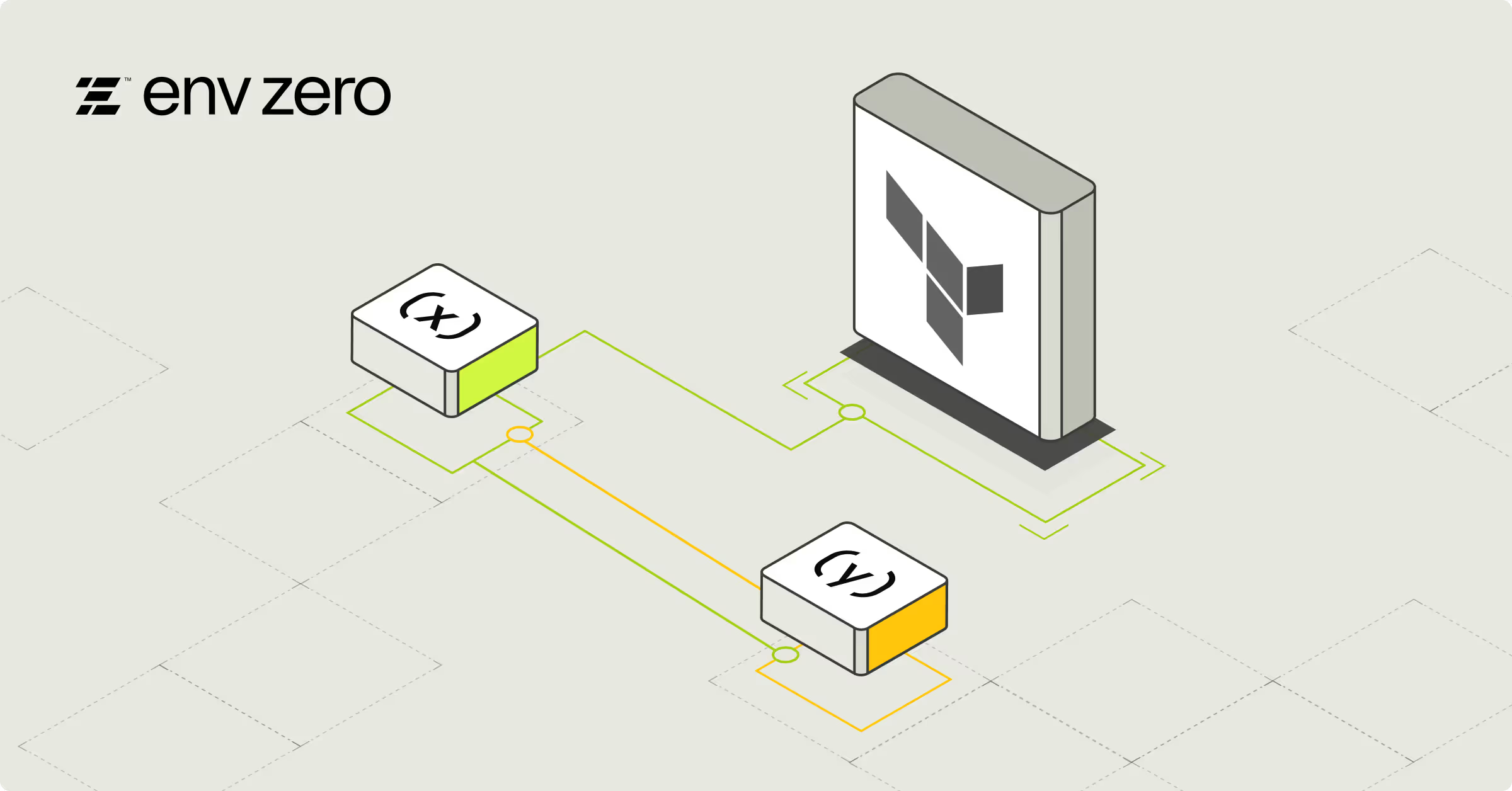
Blog
video
Terraform Map Variable: A Complete Guide with Practical Examples
In this blog, we’ll explain what Terraform maps are, explore their use cases, and share practical examples and best practices for effectively using them—and more.

Blog
video
Meet Us in Salt Lake for KubeCon 2024 (and OpenTofu Day)!
We’re thrilled to be part of this year’s KubeCon, the leading cloud-native event, happening from November 12th to 15th at Salt Lake City. Come see us at Booth P6
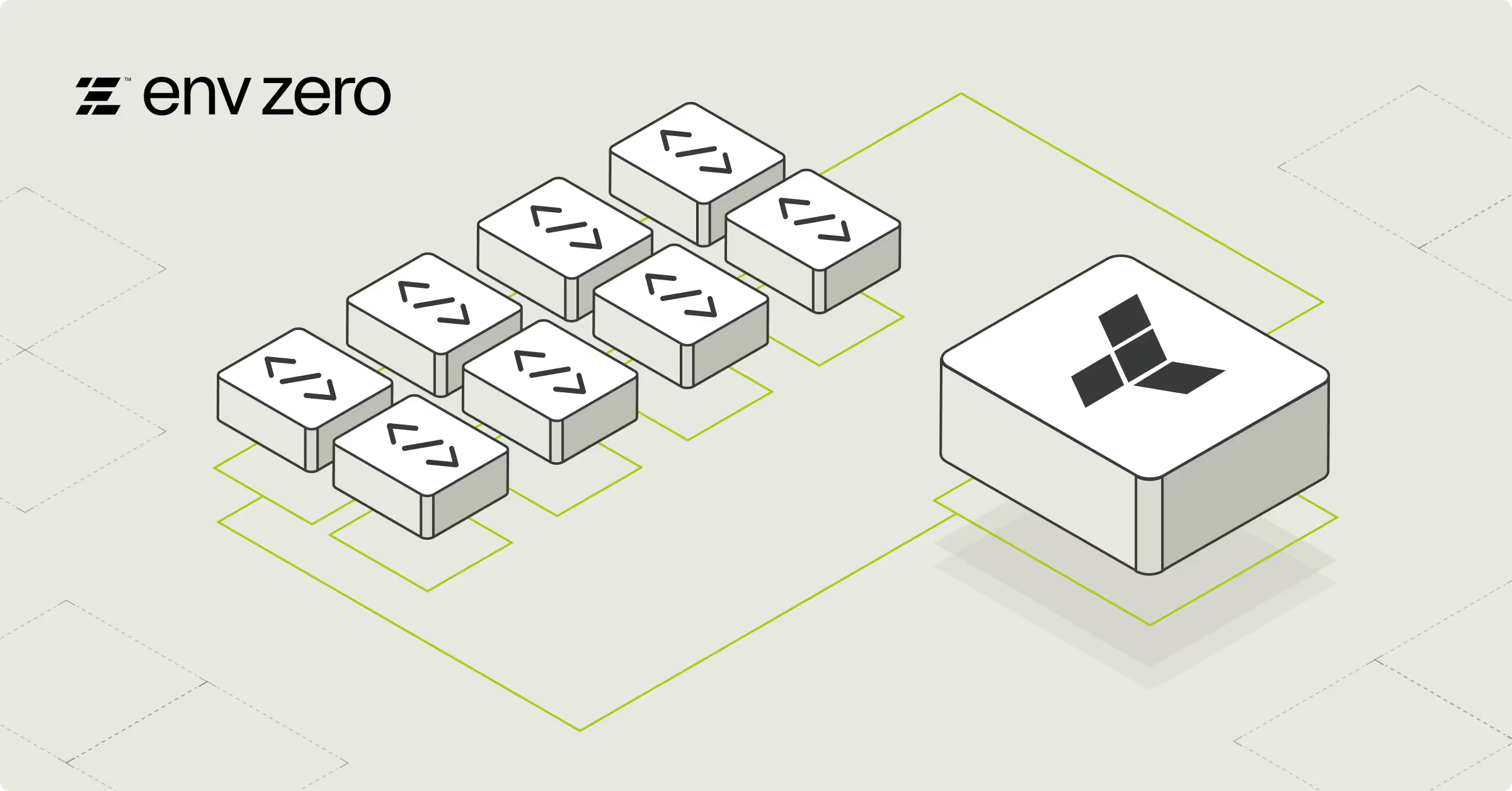
Blog
video
Terraform Workspaces Guide: Commands, Examples and Best Practices
This blog post covers Terraform workspaces, commands, best practices, practical examples, and more.
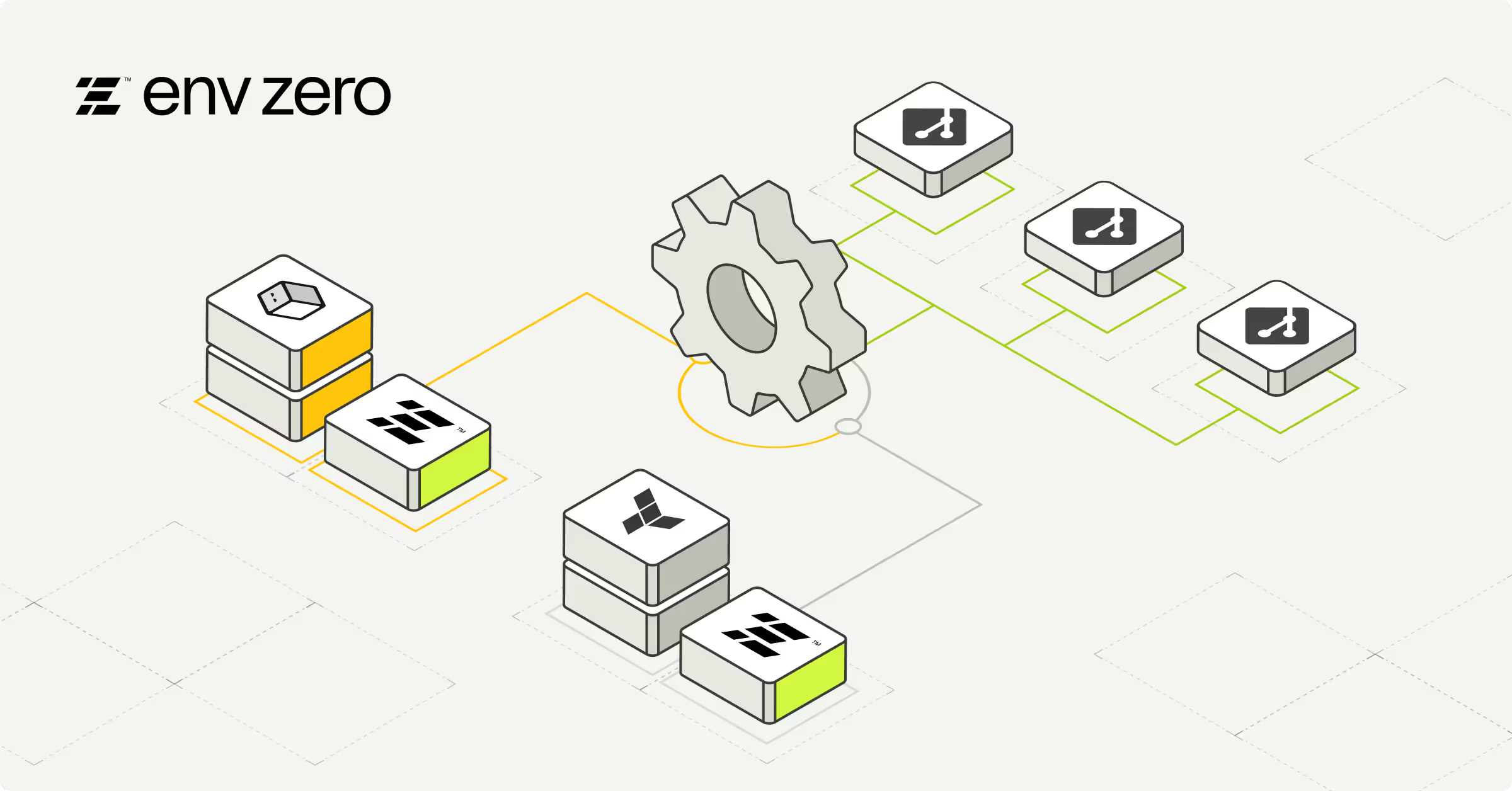
Blog
video
Streamlining env0 Onboarding with Environment Discovery
The latest upgrade to our Environment Discovery feature improves how you onboard your existing environments to env0, making the process quicker and smoother than ever before!

Blog
video
Mastering Cloud Efficiency, Scaling with FinOps and Infrastructure as Code
Join our webinar to learn about the connection between FinOps and IaC management, the role of FinOps in cloud environments, and practical ways to optimize cloud costs with FinOps and IaC tools.

Blog
video
Terraform for Loops Guide: Types, Examples and Best Practices
Terraform for loop helps you write simplified, repeatable code used to deploy resources. In this article, we’ll explore 'for' loops using 'for_each' and 'count', how and when to use them, example scenarios, best practices, and much more.

Blog
video
The Four Stages of Terraform Automation
In this blog post, we'll explore the four stages of Terraform and OpenTofu automation, providing a roadmap as you look to scale your IaC practices.

Blog
video
Terraform Lookup Function: Examples, Use Cases and Best Practices
The Terraform/OpenTofu 'lookup' function helps maintain clean, DRY, and reusable code. In this blog, we'll explore the various scenarios where the 'lookup' function can be used, and provide some practical examples for both common and more advanced use cases.

Blog
video
Terraform Count Meta-Argument: Indexing, Examples and Use Cases
In this blog, we’ll learn more about count, describe its use cases, and show how you can use it to create multiple resources with ease - with or without conditional expressions.

Blog
video
Meet Cloud Compass: AI-assisted IaC Coverage Audit and Risk Mitigation
Cloud Compass enhances your cloud resource management. Using AI-assisted logic, it auto-analyzes IaC coverage blind spots and trends over time, helping you quickly close any gaps.
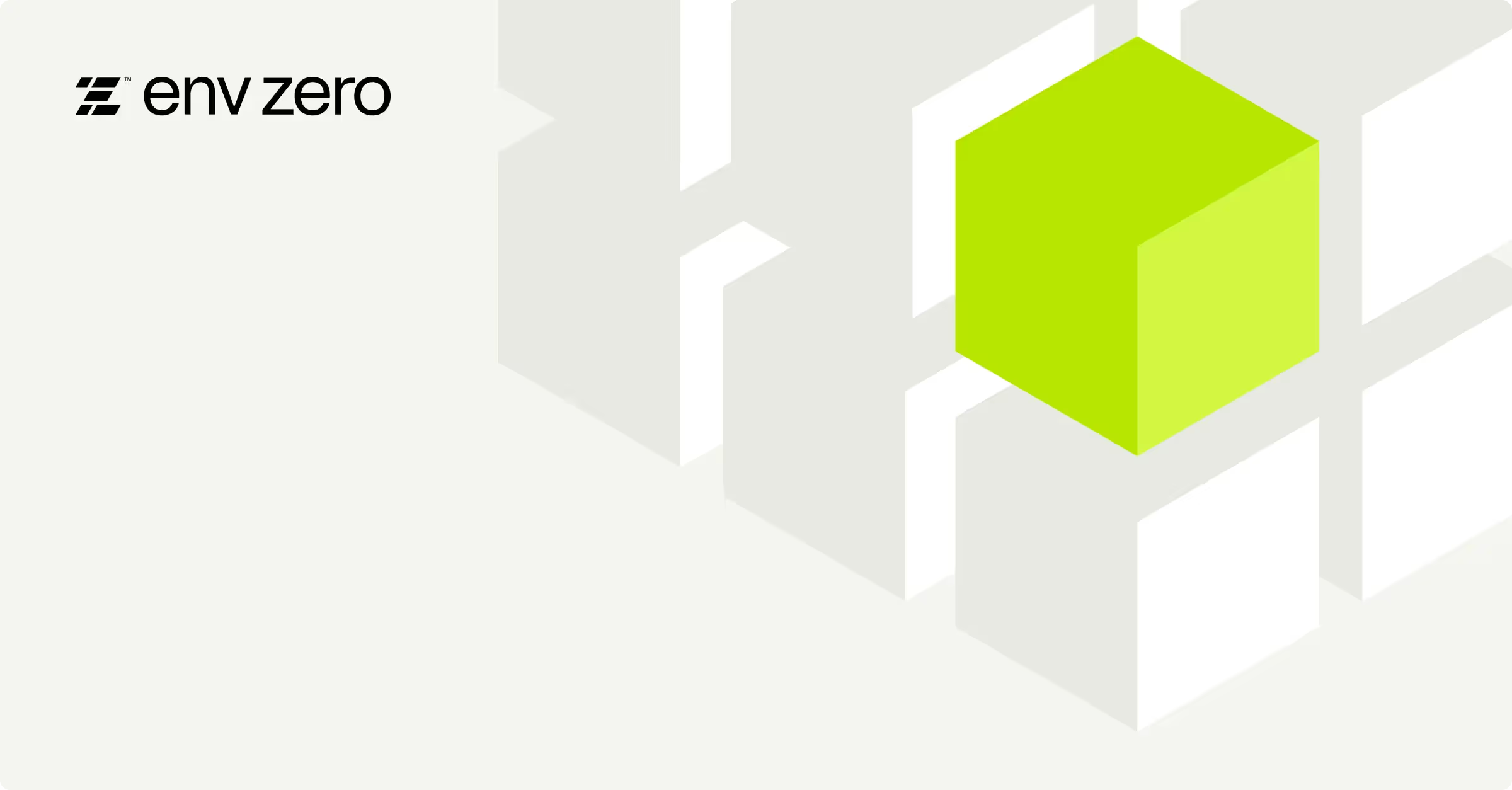
Blog
video
Webinar: Lessons Learned from Managing IaC Across 800+ Environments
Join Sergey Korolev of Rakuten Viber to learn how his team automates and manages Infrastructure as Code, and how mature IaC practices improve developer experience, reduce technical debt, and streamline operations at scale.

Blog
video
Terraform Cloud Alternatives: 2025 In-Depth Guide
Recent events are prompting companies to reconsider their TFC subscriptions. At this critical moment, let’s take a closer look at TFC—explore its features, limitations, and pricing model, and review potential alternatives that might better meet your needs.

Blog
video
Terraform Import Command and Import Block: Examples, Tips and Best Practices
Learn how to use the 'import' command and import blog to move existing resources into your Terraform/OpenTofu state file.

Blog
video
Terraform Validate Command: Practical Examples and Best Practices
The 'validate' command helps you check the syntax of your Terraform or OpenTofu code before deployment. Learn how to use it effectively for seamless infrastructure provisioning.

Blog
video
How to Use tenv to Streamline IaC Version Management
tenv is a version manager for Terraform, OpenTofu, Terragrunt, and Atmos, written in Go. Check out this post to see how it works.

Blog
video
Terraform Dynamic Blocks: Advanced Use Cases and Examples
Learn how to use dynamic blocks in Terraform and OpenTofu, to create adaptable configurations based on input values.

Blog
video
Terraform Functions Guide: Complete List with Detailed Examples
Terraform functions are essential for creating effective infrastructure code. In this blog post, we'll provide a 360° review of Terraform/OpenTofu functions, with practical and detailed examples.




.avif)









